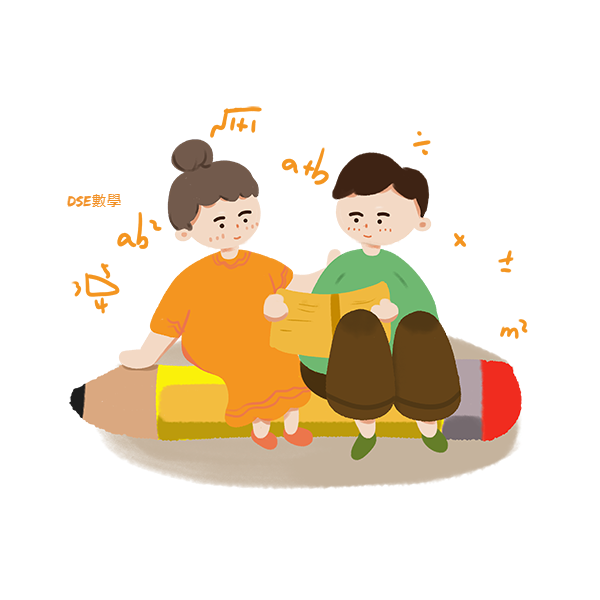Master the basic methods of logical reasoning


In the practice of teaching mathematics in junior high school, especially the teaching of geometric proofs, it is not difficult for teachers to teach and for students to understand, but students often do not know how to do it once they develop it, and they are at a loss for slightly more complicated problems. Geometric proof has become an important difficulty in classroom teaching, and is also a major obstacle that affects the continuous improvement of students through the grades. In order to break through this problem, in addition to mastering the basic business logic design thinking of the above three-paragraph reasoning, we must pay more attention to the cultivation of the basic thinking methods of logical reasoning - synthesis method and analysis method DSE數學.
In order to prove the correctness of a proposition, we first start with known conditions and work through a series of established propositions (e.g., definitions, theorems, etc.) to derive the result to be proved, step by step, in a way of thinking called synthesis. This way of thinking is called the synthesis method. It can be simply summarized as: "The cause leads to the effect", i.e. "the cause leads to the effect".
To prove that a proposition is correct, and to find the right way to prove it, we can first assume that its conclusion is correct, then examine the reasons why it holds, and then examine those reasons separately to see what conditions are necessary for them to hold, so that we can work backwards, step by step, until we reach a known fact. This way of thinking is called analysis. It can be simply summarized as "holding the cause of the result". That is, "find the cause of the result". For example, to prove that two lines are equal.
The synthesis method is to analyze: known environmental conditions → triangles are congruent or parallelograms → corresponding sides or opposite sides are equal (are the line segments equal).
Analysis method idea: Corresponding or opposite sides are equal (line segments are equal) → Triangles are congruent or parallelograms → known conditions.
The analytic method is characterized by starting with the conclusion to be proved and gradually finding the conditions for its establishment and then moving on to the known conditions. The synthetic method is characterized by a step-by-step derivation of the result from the known conditions and then finally the result to be proved. In the proof of geometric problems, the analytic method is better than the synthetic method in terms of thinking, but not as good as the synthetic method in terms of expression. Analysis is good for thinking and synthesis is good for expressing, so it is better to combine them when solving problems. For a new problem, we usually solve it analytically and then express it synthetically.
For some complex geometric problems, we can find ways to prove them using a combination of synthetic and analytic methods, which can be called synthesis. That is, starting with the known conditions, we can see what results can be obtained, then starting with the conclusion to be proved, we can see what conditions are needed for it to hold, and finally we can see where the gaps are, and thus find the right way to prove the problem.
相關文章:
Komentarze